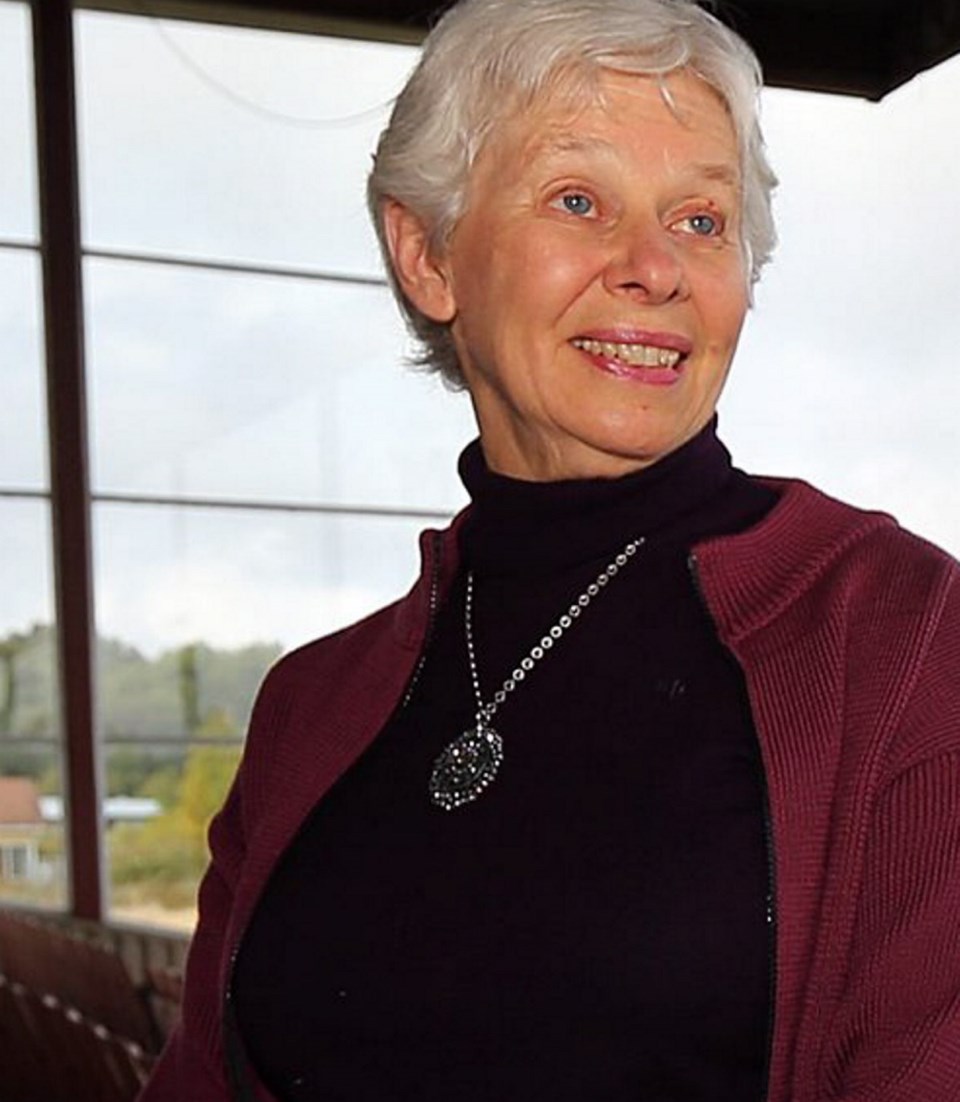Local renters are being squeezed out of a housing market that’s increasingly focused on luxury products, Capital Regional District directors were told this week.
“The gap is very clear. Fifty per cent of the local population requires non-market housing and five per cent of housing that’s being built addresses that need,” said Alice Finall, chairwoman of the CRD’s planning transportation and protective services committee.
Non-market housing includes emergency shelters, transitional housing, social housing and affordable rentals. Market housing encompasses rentals at market prices, rental condos, and home ownership.
Finall, who is North Saanich Mayor, was reacting to a housing-gap analysis prepared for the CRD by the Community Social Planning Council and received by directors.
The report points to an oversupply of high-income market ownership housing — a category that includes single-detached homes, semi-detached homes and row houses — and an insufficient supply of low- to moderate-income rental housing.
“The study highlights what many of us have known for some time: To address the 25 per cent of high-income customers, 65 per cent of housing [being built] is not just market but is high-end or luxury market,” Finall said.
The capital region continues to be a difficult place to find affordable housing options.
According to the report, renter households in the region had a median income of $38,583 in 2010. At that income, an affordable rent is defined as $965 a month. But the average market rent for a two-bedroom apartment is $130 more than that. For a two-bedroom condo, the difference is $324.
For some renters, the 10,341 units of social housing are the place to find affordable homes. But the demand exceeds the supply, and many social-housing units are in danger of losing the funding they get from the federal or provincial governments.
In the capital region, 1,239 households were on the B.C. Housing wait-list for social housing, more than half of them in Victoria. About 40 per cent of those on the wait-list are seniors.
About 25 per cent of the subsidy agreements for social housing will expire in the next five years.
Marika Albert, program director with the social planning council, said Canada Mortgage and Housing Corporation tracking shows the most affordable housing is disappearing.
“We’ve seen a massive reduction in the number of units that are available for less than $700 a month,” Albert said.
“In fact, CMHC had to change its rent-range categories to acknowledge that change. So we can’t even count anymore the number of units we have for $600 or less a month.”
Finall said the data underscore the need for councils to mandate large social housing components from developers looking for increases in density.
“Why are we approving zoning uplifts without at least 30 to 40 per cent non-market housing included? Why don’t we have housing policies in our individual municipalities to address that?” she said.
“It doesn’t mean that we have to actually built it ourselves or even subsidize it ourselves, although someone has to.”
Saanich Coun. Vic Derman said he wanted to see further analysis of who is buying the higher-end properties to get a better handle on how the market is absorbing those.
“Developers don’t build properties they can’t sell. So they are marketing that product and it is being bought,” he said.
bcleverley@timescolonist.com
